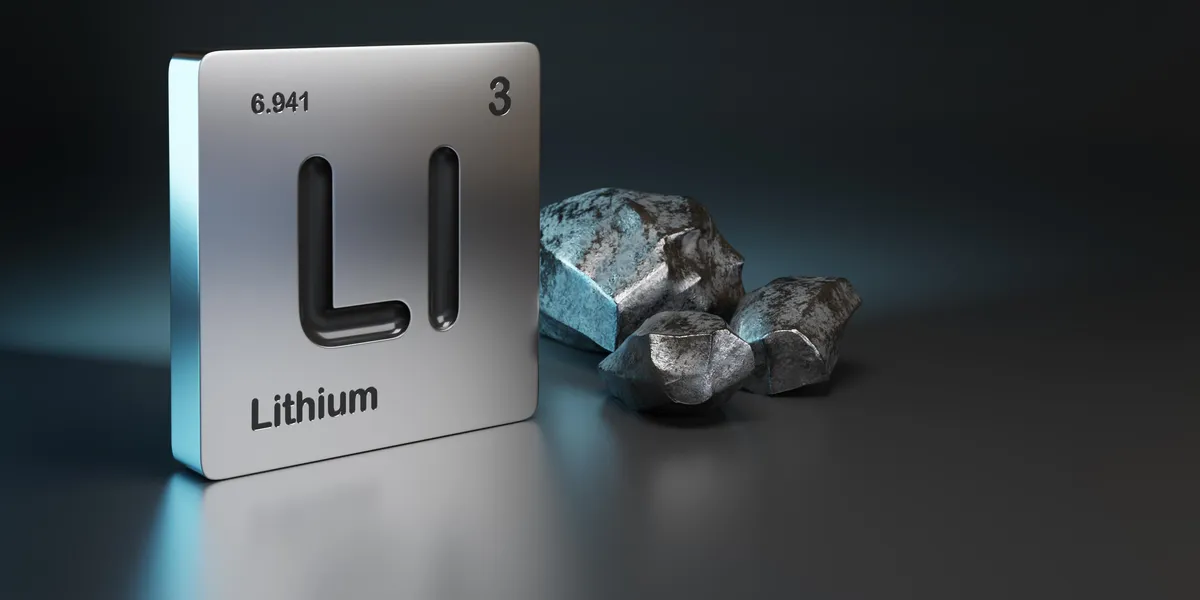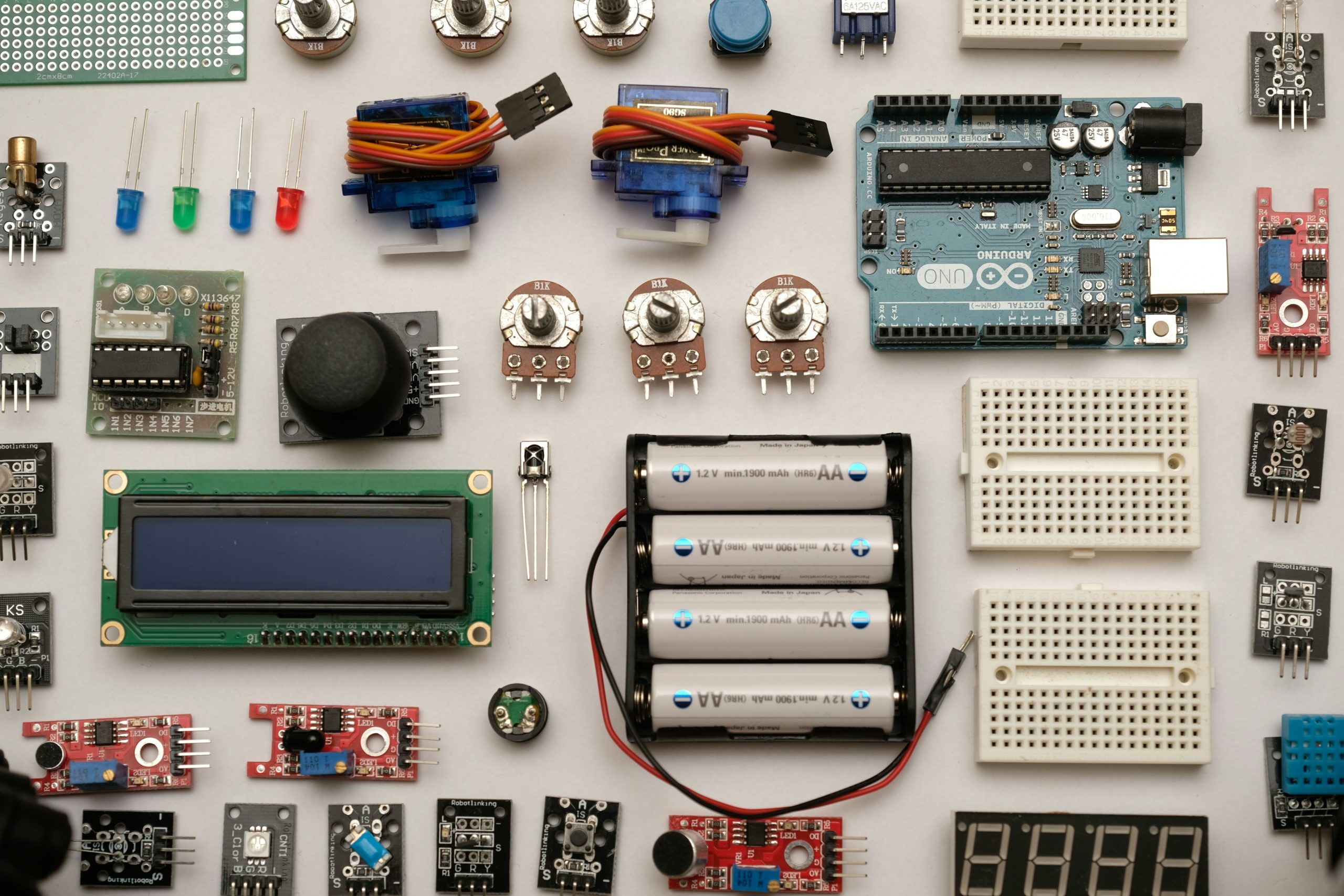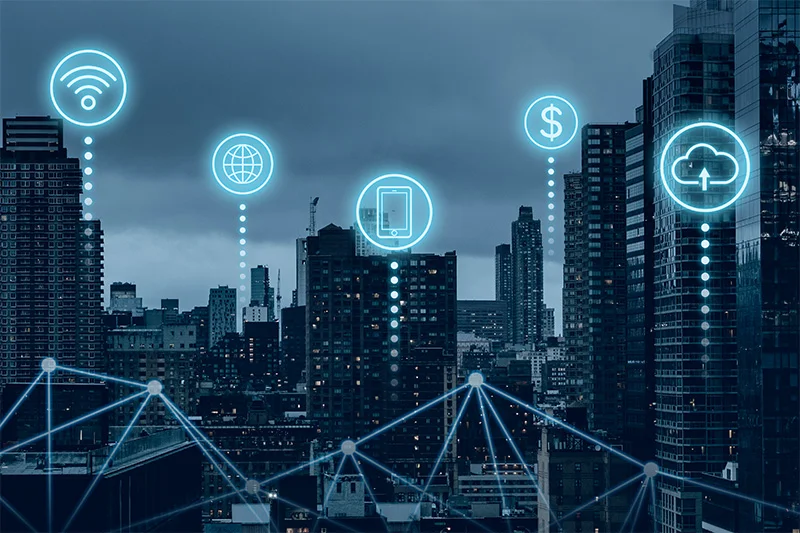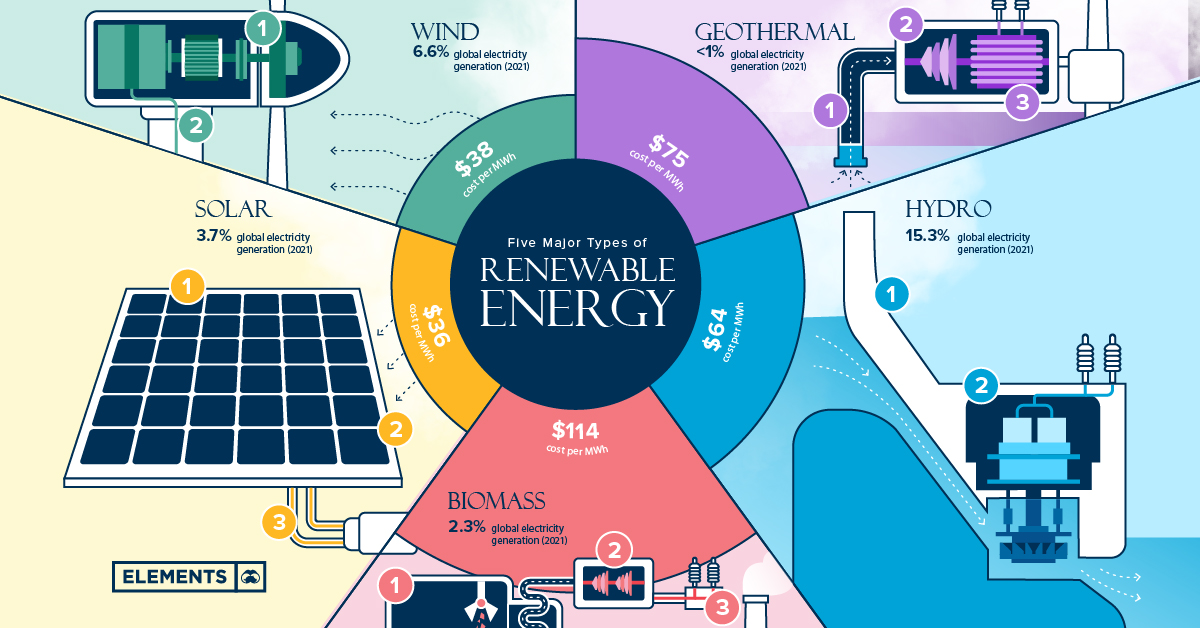The Rise of Lithium-Ion Batteries: What’s Next in Energy Storage?
Lithium-ion Batteries Take Over
In recent years, lithium-ion batteries have become the preferred choice for a wide range of applications, from smartphones and laptops to electric cars and renewable energy storage systems. The reason for this trend is simple: lithium-ion batteries offer a unique combination of high energy density, low self-discharge, and long cycle life, which make them efficient, reliable, and cost-effective. Moreover, lithium-ion batteries are lightweight, compact, and easy to recharge, which makes them ideal for portable and mobile devices. As the demand for energy storage solutions continues to grow, lithium-ion batteries are expected to play an increasingly important role in the transition to a more sustainable and resilient energy system.
The Science Behind Lithium-Ion Batteries
Lithium-ion batteries are electrochemical devices that convert chemical energy into electrical energy by means of a reversible intercalation/deintercalation process involving lithium ions. The basic structure of a lithium-ion battery consists of an anode, a cathode, and an electrolyte, which are typically made of carbon, lithium cobalt oxide, and a lithium salt, respectively. When a lithium-ion battery is charged, lithium ions are extracted from the cathode and migrate through the electrolyte to the anode, where they are stored in the interstices of the carbon material. When the battery is discharged, the reverse process occurs, and the lithium ions move back to the cathode, releasing their energy as electrical current.
Advantages and Limitations of Lithium-Ion Batteries
The main advantages of lithium-ion batteries are high energy density, low self-discharge, and long cycle life. High energy density means that lithium-ion batteries can store more energy per unit of weight and volume than other types of batteries, which makes them ideal for portable and mobile applications. Low self-discharge means that lithium-ion batteries can retain their charge for a long time without losing their capacity, which makes them convenient and reliable. Long cycle life means that lithium-ion batteries can withstand many charge-discharge cycles without significant degradation, which makes them cost-effective in the long run.
However, lithium-ion batteries also have some limitations, such as limited lifespan, sensitivity to high temperature and overcharging, and potential safety risks. Lithium-ion batteries can degrade over time due to factors such as electrode corrosion, electrolyte decomposition, and dendrite formation, which can reduce their capacity and performance. Lithium-ion batteries can also be damaged or even catch fire if they are exposed to extreme heat or overcharged, which poses a risk for users and devices. Therefore, lithium-ion batteries require careful design, manufacturing, and handling to ensure their safety and reliability.
Current Applications of Lithium-Ion Batteries
Lithium-ion batteries have a wide range of applications in various industries and sectors. In the consumer electronics industry, lithium-ion batteries are used in smartphones, laptops, tablets, cameras, and other portable devices, as well as in power banks and wireless chargers. In the automotive industry, lithium-ion batteries are used in electric cars, hybrid cars, and plug-in hybrid cars, as well as in electric buses and trucks. In the energy storage industry, lithium-ion batteries are used in residential, commercial, and utility-scale systems for storing renewable energy from solar panels, wind turbines, and other sources, as well as in grid stabilization and frequency regulation.
Opportunities and Challenges in Energy Storage
Energy storage is becoming increasingly important for the integration of renewable energy sources into the power grid, the optimization of energy consumption, and the provision of backup power during outages. Lithium-ion batteries are well-suited for energy storage due to their high energy density, fast response time, and scalability. However, there are still some challenges that need to be addressed to make energy storage more efficient, cost-effective, and sustainable. These challenges include reducing the cost and environmental impact of battery production, improving the performance and durability of batteries, developing better battery management systems, and integrating batteries with other energy storage technologies.
Innovations in Lithium-Ion Battery Technology
In recent years, there have been many innovations in lithium-ion battery technology aimed at improving their performance, safety, and sustainability. Some of these innovations include the use of new electrode materials, such as silicon or graphene, to increase the energy density and cycle life of batteries; the development of solid-state electrolytes to reduce the risk of fires and leaks; the adoption of recycling and reuse strategies to minimize waste and resource depletion; and the integration of artificial intelligence and machine learning algorithms to optimize battery performance and extend their lifespan.
Future Developments in Energy Storage
The future of energy storage is likely to involve a combination of different technologies, including lithium-ion batteries, flow batteries, hydrogen fuel cells, and thermal energy storage. Lithium-ion batteries are expected to remain the dominant technology for portable and mobile applications, such as consumer electronics and electric vehicles, while flow batteries and other technologies may become more competitive for stationary applications, such as energy storage systems and grid services. Moreover, new business models and regulatory frameworks may emerge to incentivize the deployment of energy storage systems and facilitate their integration into the power grid.
Conclusion: The Promising Future of Lithium-Ion Batteries
Lithium-ion batteries have revolutionized the way we use and store energy, and their potential for further innovation and improvement is still vast. With the increasing demand for energy storage solutions, lithium-ion batteries are likely to play a crucial role in the transition to a more sustainable and resilient energy system. However, to fully realize their potential, we need to address the challenges of cost, performance, and sustainability, and explore new opportunities for integration and optimization. Nevertheless, the future of lithium-ion batteries looks bright, and their impact on our lives and the environment is only going to grow in the years to come.













